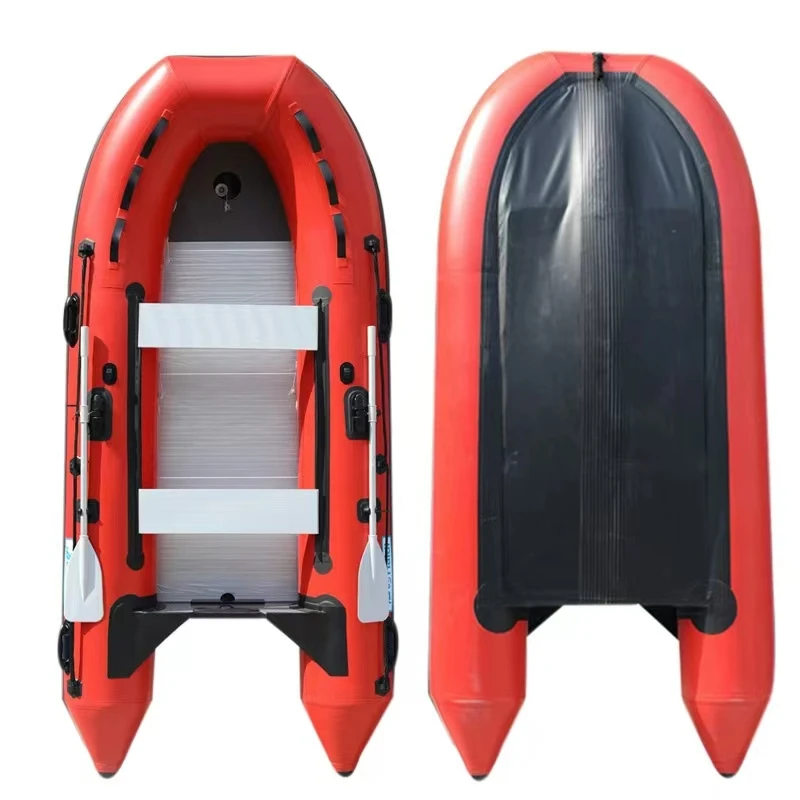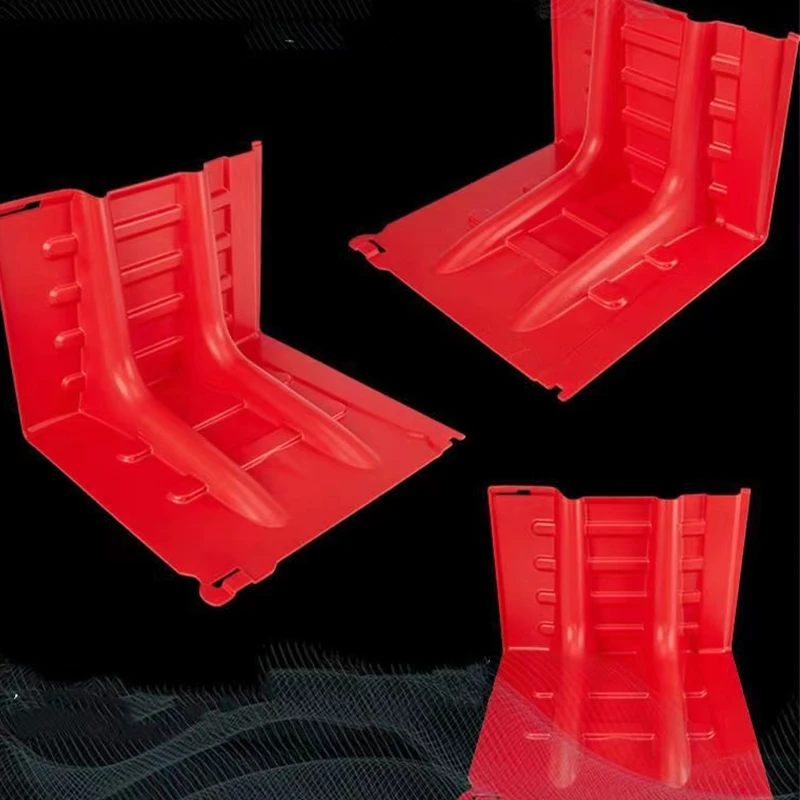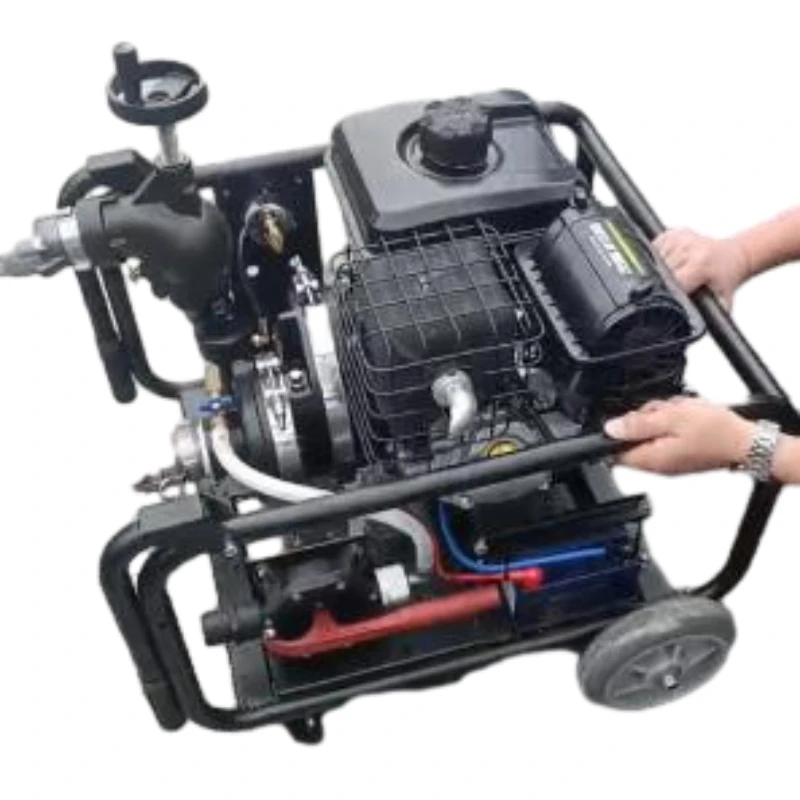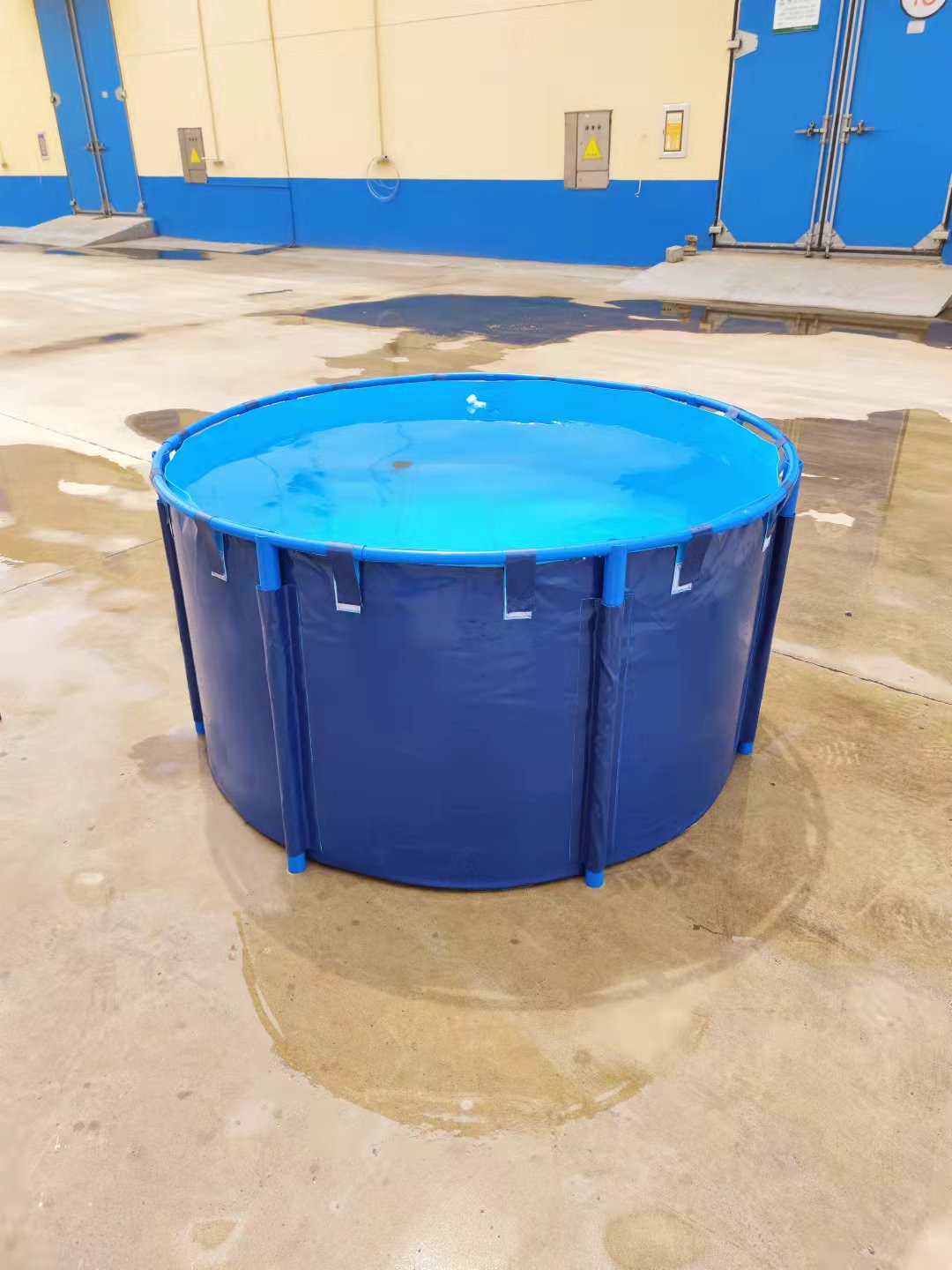The Indispensable Role of High Pressure Portable Pump Systems in Modern Industries
In diverse industrial landscapes, the demand for robust, efficient, and versatile fluid transfer solutions is paramount. The High Pressure Portable Pump stands out as a critical piece of equipment, enabling rapid deployment and reliable performance in demanding environments. From emergency services to heavy industry, these pumps provide the necessary force to move liquids effectively, ensuring operational continuity and safety. Their inherent portability, coupled with the capacity to generate significant discharge pressures, makes them invaluable assets for a multitude of B2B applications where fixed installations are impractical or insufficient. This comprehensive overview delves into the technical intricacies, application diversity, and strategic advantages offered by modern high-pressure portable pumping solutions, catering specifically to the needs of discerning B2B decision-makers and engineering professionals.
Current Industry Trends and Innovations in High Pressure Portable Pumping
The market for High Pressure Portable Pump systems is continually evolving, driven by advancements in materials science, engine technology, and control systems. Key trends emphasize enhanced energy efficiency, reduced emissions, and the integration of smart technologies. Manufacturers are increasingly focusing on lightweight yet durable materials like aerospace-grade aluminum alloys and advanced composites to improve portability without compromising structural integrity or pressure capabilities. Diesel and gasoline engines are being optimized for lower fuel consumption and adherence to stringent emissions standards (e.g., EPA Tier 4 Final, EU Stage V). Electric and hybrid models are also gaining traction, particularly in environments where noise reduction and zero emissions are critical. Furthermore, intelligent control systems with digital interfaces, remote monitoring capabilities, and predictive maintenance features are becoming standard, allowing for optimized performance, diagnostics, and extended service life.
Another significant trend is the modular design philosophy, allowing for easier customization and component replacement, which reduces downtime and operational costs. There's a growing demand for pumps that can handle a wider range of fluid viscosities and compositions, expanding their utility beyond clean water applications to include slurries, chemicals, and even some hydrocarbons, albeit with specialized material configurations. The drive for greater operational flexibility and reduced environmental footprint continues to shape the innovation landscape in this sector.
The Manufacturing Process of a High Pressure Portable Pump
The creation of a reliable High Pressure Portable Pump is a meticulous process involving advanced engineering and stringent quality control. It begins with the selection of premium materials designed to withstand extreme pressures, corrosive media, and demanding operational conditions.

- Material Selection: Components such as impellers, casings, and shafts are often manufactured from high-grade stainless steels (e.g., SS304, SS316, Duplex Stainless Steel) for superior corrosion resistance and strength. Aluminum alloys are frequently used for pump frames and non-wetted parts to optimize weight and portability. Seals and gaskets are chosen from materials like Viton, EPDM, or Kalrez, depending on chemical compatibility and temperature requirements.
-
Precision Component Manufacturing:
- Casting/Forging: Pump casings and impellers may be cast from molten metal or forged under high pressure to achieve the required structural integrity and density. This process ensures dimensional accuracy and reduces material defects.
- CNC Machining: Critical components like shafts, wear rings, and impeller surfaces undergo advanced CNC (Computer Numerical Control) machining. This ensures ultra-precise tolerances, crucial for maintaining pump efficiency, minimizing vibration, and maximizing operational life.
- Dynamic Balancing: Impellers are dynamically balanced to eliminate vibration and ensure smooth operation, extending the life of bearings and mechanical seals.
- Assembly: Skilled technicians meticulously assemble the pump components, integrating the power source (engine or motor), control panel, and ancillary systems. Proper alignment of shafts and sealing elements is critical at this stage.
-
Rigorous Testing and Quality Assurance: Every High Pressure Portable Pump undergoes extensive testing to validate its performance against design specifications.
- Hydrostatic Testing: To confirm the integrity of the pump casing under maximum design pressure.
- Performance Curve Testing: Measuring flow rate, head, power consumption, and efficiency across the entire operating range, adhering to standards like ISO 9906 (Centrifugal, Mixed Flow and Axial Pumps - Hydraulic Performance Acceptance Tests) or ANSI B73.1.
- Vibration and Noise Analysis: Ensuring the pump operates within acceptable parameters for operator comfort and equipment longevity.
- Endurance Testing: Simulating prolonged operation to confirm service life expectations, typically aimed at several thousand hours of MTBF (Mean Time Between Failures) under specified conditions.
- Finishing and Certification: After successful testing, pumps are painted, labeled, and prepared for dispatch. Compliance with international standards such as ISO 9001 for quality management and CE marking for European markets is meticulously verified.
This rigorous process ensures that each High Pressure Portable Pump delivered is capable of providing reliable, efficient, and long-lasting service, particularly in target industries like petrochemical, metallurgy, mining, and water supply & drainage, where advantages such as energy saving and superior corrosion resistance are critical.
Key Technical Specifications and Performance Parameters
Understanding the critical technical specifications is fundamental for selecting the appropriate High Pressure Portable Pump for specific industrial requirements. These parameters directly influence performance, efficiency, and suitability for various applications.
| Parameter | Description | Typical Range/Value |
|---|---|---|
| Max. Discharge Pressure | The maximum pressure the pump can generate at the outlet. | Up to 20 bar (290 psi) for basic models, 100+ bar (1450+ psi) for specialized units. |
| Max. Flow Rate | The maximum volume of fluid the pump can move per unit time. | 100 GPM (380 LPM) to 1500+ GPM (5700+ LPM) depending on head. |
| Engine/Motor Power | Power output of the driving unit (e.g., diesel, gasoline, electric). | 10 HP to 150+ HP. |
| Suction Lift | The maximum vertical distance the pump can draw water from. | Up to 7.5 meters (25 feet) with effective priming. |
| Weight (Dry) | The weight of the pump without fuel or water. | 50 kg to 500+ kg depending on power and configuration. |
| Materials of Construction | Key materials used for wetted parts and frame. | Stainless Steel (SS304/SS316), Bronze, Aluminum Alloy, Cast Iron. |
| Inlet/Outlet Size | Diameter of the suction and discharge ports. | 2 inches to 6 inches, or larger for high-volume units. |
| Operating Temperature | Acceptable ambient and fluid temperature range. | -20°C to +50°C (ambient), 0°C to +80°C (fluid) typically. |
These specifications are crucial for engineers and procurement managers to ensure the pump meets the hydraulic requirements and environmental conditions of its intended deployment. Precision in these parameters guarantees optimal system integration and long-term operational reliability.
Diverse Application Scenarios for High Pressure Portable Pumps
The versatility of the High Pressure Portable Pump makes it indispensable across a spectrum of industries, providing critical capabilities where mobility and powerful fluid handling are essential.

- Fire Safety and Emergency Services: Perhaps the most well-known application, high-pressure portable pumps are crucial for firefighting, capable of delivering high-volume water streams over long distances or to elevated positions. Their portability allows rapid deployment to remote areas or sites inaccessible to larger fire apparatus. They are also vital for dewatering during flood relief and disaster response.
- Petrochemical and Oil & Gas: Used for hydrostatic testing of pipelines and pressure vessels, ensuring their integrity before commissioning. They are also employed for high-pressure cleaning of tanks, heat exchangers, and other equipment, as well as for emergency transfer of various liquids or for dewatering sumps.
- Construction and Mining: Essential for dewatering excavation sites, tunnels, and open-pit mines to maintain safe working conditions and operational efficiency. They are also used for jetting applications, aggregate washing, and supplying water for dust suppression.
- Agriculture and Irrigation: For efficient water transfer from sources like rivers, lakes, or reservoirs to fields, especially in areas without fixed irrigation infrastructure. High pressure ensures adequate coverage and penetration for large-scale operations.
- Municipal Water Supply & Drainage: For emergency booster services, temporary bypass pumping during maintenance of permanent lines, or in situations requiring rapid water transfer or dewatering in urban environments.
- Industrial Cleaning and Surface Preparation: Delivering high-pressure water jets for cleaning industrial machinery, removing rust, paint, and other coatings from surfaces, or for preparing surfaces for new coatings.
The adaptability and robust performance of these pumps ensure they meet the rigorous demands of these varied sectors, often performing critical roles that directly impact safety, productivity, and environmental compliance.
Technical Advantages of Advanced High Pressure Portable Pumps
Modern High Pressure Portable Pump systems offer a suite of technical advantages that translate directly into operational efficiencies, cost savings, and enhanced reliability for B2B users.
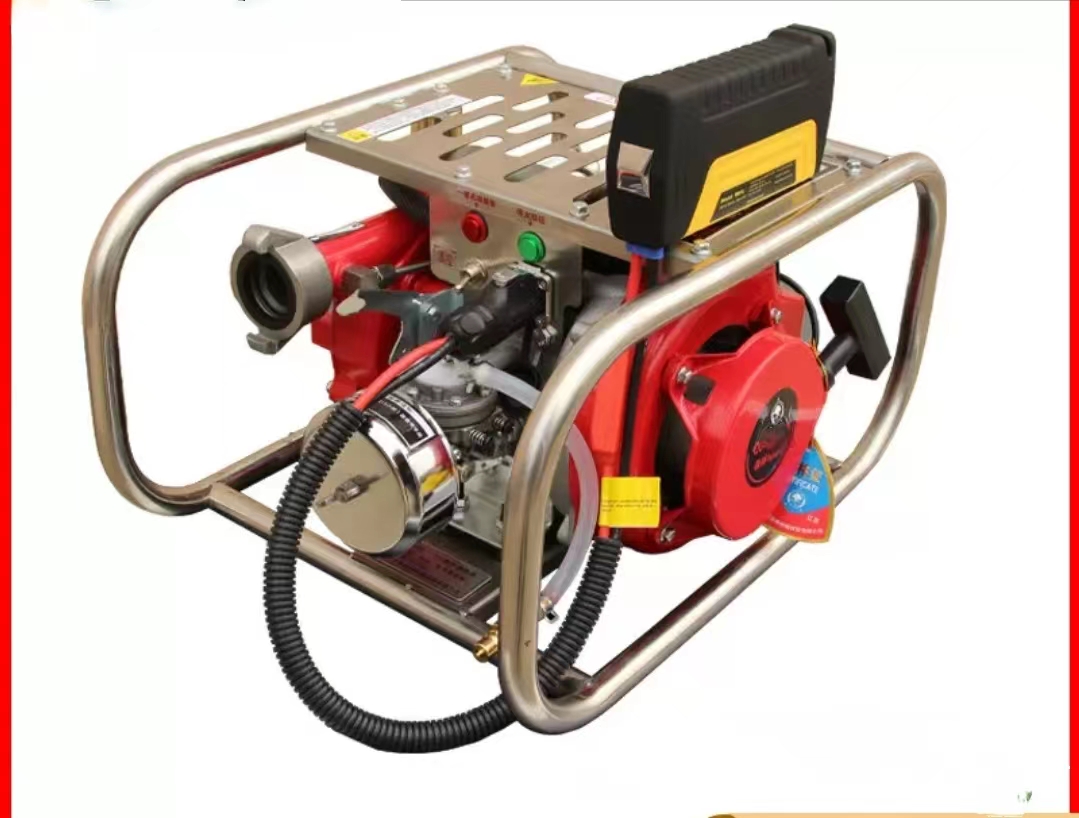
- Superior Energy Efficiency: Contemporary pump designs incorporate hydraulic advancements, such as optimized impeller and volute geometries, alongside high-efficiency engines (e.g., direct injection diesel, advanced gasoline engines, or IE3/IE4 electric motors). This minimizes fuel or power consumption, leading to significant reductions in operational expenditure and a lower carbon footprint.
- Exceptional Corrosion and Abrasion Resistance: Utilizing materials like marine-grade bronze, duplex stainless steel, and specialized ceramics for wetted parts ensures longevity even when handling aggressive fluids or those containing abrasive solids. This reduces maintenance frequency and extends the pump's service life in harsh industrial environments.
- Robust Durability and Reliability: Engineered for continuous duty cycles under challenging conditions, these pumps feature heavy-duty frames, reinforced components, and industrial-grade seals and bearings. This inherent robustness translates into minimal downtime and consistent performance, critical for applications where failure is not an option.
- Ease of Maintenance and Serviceability: Designs often feature modular components, readily accessible service points, and common parts, simplifying routine maintenance, troubleshooting, and repairs. This reduces the total cost of ownership (TCO) by minimizing labor and spare parts inventory.
- Compact Design and Rapid Deployment: Despite their power, modern portable pumps are designed for maximum power-to-weight ratio and compact footprints. This facilitates easy transportation, even in confined spaces, and allows for quick setup and operation, crucial for emergency response and dynamic project sites.
- Advanced Priming Capabilities: Many units feature automatic self-priming systems, significantly reducing setup time and ensuring reliable operation from dry start conditions, a distinct advantage in critical applications.
These technical advancements collectively empower businesses to achieve higher operational efficiency, greater safety, and improved environmental performance, making the investment in a high-quality High Pressure Portable Pump a strategic decision.
Vendor Comparison: Choosing the Right High Pressure Portable Pump Partner
Selecting a supplier for a High Pressure Portable Pump involves evaluating not just product specifications but also the vendor's commitment to quality, support, and innovation. Here’s a comparative perspective on key differentiating factors:
| Feature/Criteria | Leading Manufacturer (e.g., FFW Fire Safety) | Competitor A (Mid-Tier) | Competitor B (Economy) |
|---|---|---|---|
| Max. Pressure (bar/psi) | Up to 100 bar (1450 psi) with sustained output | Typically 50-70 bar (725-1015 psi) | Below 50 bar (725 psi), often fluctuating |
| Materials of Construction | SS316, Marine Bronze, High-strength Aluminum Alloys | SS304, Cast Iron, Standard Aluminum | Cast Iron, Standard Alloys, Plastics for non-wetted parts |
| Engine/Motor Brand | Tier 1 industrial engines (e.g., Honda, Kubota, Yanmar) | Reputable mid-tier brands, sometimes proprietary | Generic or less established brands |
| Certifications | ISO 9001, CE, EPA/CARB compliance, NFPA standards | CE, basic safety standards | Minimal or region-specific certifications |
| Warranty Period | 2-3 years full product warranty, extended options | 1-2 years limited warranty | 1 year standard, often parts only |
| After-Sales Support | Global network, 24/7 technical support, comprehensive spare parts inventory | Regional service centers, business hours support | Limited support, often via distributor |
| Customization Options | Extensive: pressure, flow, engine, materials, control, mounting | Moderate: engine choice, some accessories | Minimal, off-the-shelf models only |
This comparison highlights that while economy models might offer lower initial costs, leading manufacturers provide superior performance, durability, compliance, and comprehensive support, resulting in a lower total cost of ownership and greater operational assurance. For mission-critical applications, investing in a high-quality High Pressure Portable Pump from a reputable vendor is undeniably the more prudent choice.
Tailored Solutions: Customizing Your High Pressure Portable Pump
Off-the-shelf solutions may not always perfectly align with the unique demands of every industrial application. Recognizing this, leading manufacturers offer extensive customization options for their High Pressure Portable Pump lines, ensuring optimal performance and seamless integration.

- Performance Adjustments: Fine-tuning of pressure and flow rate to meet exact hydraulic requirements. This can involve impeller modifications, specific engine pairings, or integration with variable frequency drives (VFDs) for electric models.
- Material Upgrades: For highly corrosive or abrasive media, customization includes specialized alloys (e.g., Hastelloy, Titanium) for wetted parts, or advanced ceramic coatings to extend component life significantly beyond standard materials.
- Engine/Motor Options: Choice of power source – different diesel, gasoline, or electric motors to comply with local emissions regulations, fuel availability, or specific power requirements. This includes explosion-proof motors for hazardous areas.
- Control Systems: Integration of advanced PLC-based control panels, remote monitoring capabilities, automated shutdown features, and telematics for comprehensive operational oversight and predictive maintenance.
- Mounting and Portability: Options range from skid-mounted units, trailer-mounted for highway transport, or compact hand-portable frames. Specialized lifting points, wheel kits, or even marine-grade enclosures can be integrated.
- Ancillary Equipment Integration: Customization extends to integrating specialized suction and discharge hoses, nozzles, filters, flow meters, pressure relief valves, and other accessories to form a complete, ready-to-deploy system.
Engaging with a manufacturer capable of delivering these tailored solutions ensures that the High Pressure Portable Pump not only meets but exceeds specific operational challenges, maximizing return on investment and enhancing overall project efficiency.
Application Case Studies: High Pressure Portable Pump in Action
Real-world deployments vividly illustrate the efficacy and strategic value of the High Pressure Portable Pump across diverse industrial settings.
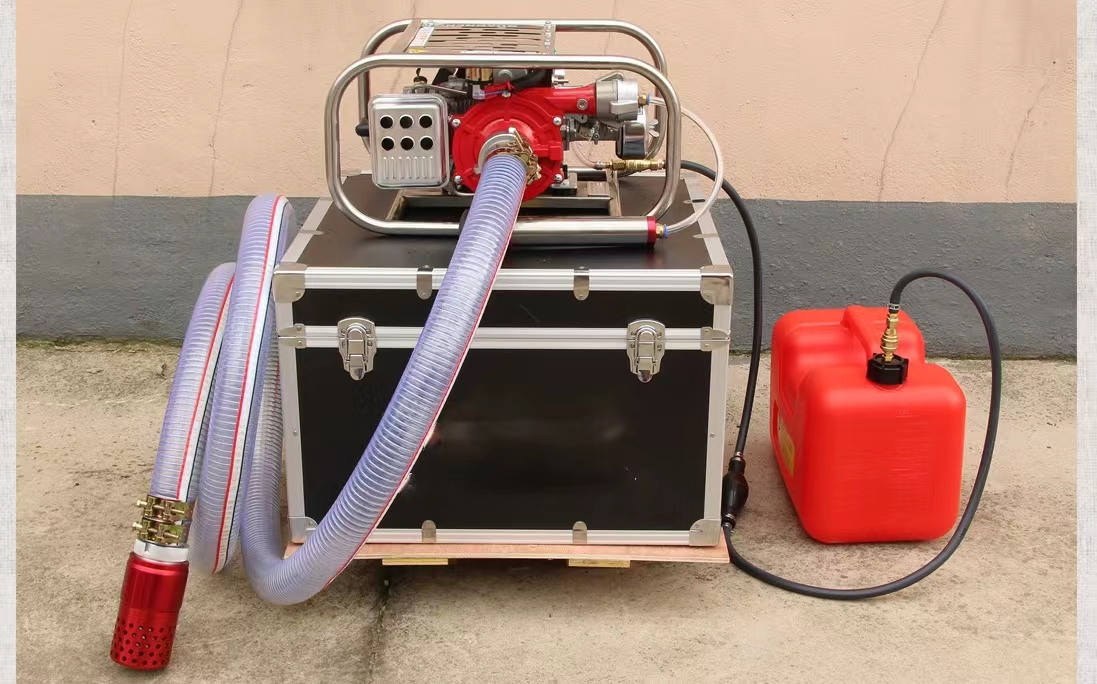
Case Study 1: Hydrostatic Testing in a New Petrochemical Facility
A major petrochemical company required hydrostatic testing for a newly constructed pipeline network, spanning several kilometers. Traditional methods with fixed pumps would have necessitated extensive temporary piping and power infrastructure. A high-pressure portable pump, featuring a 50 bar (725 psi) capability and a 200 GPM (750 LPM) flow rate, powered by a Tier 4 Final diesel engine, was deployed. Its rapid setup time and ability to operate independently at various testing points significantly reduced project timelines and labor costs by 30%. The pump's robust stainless steel wetted parts also ensured safe handling of the testing fluid (inhibited water) without contamination. The client reported excellent reliability, praising the ease of mobility between test sections and the consistent pressure delivery.
Case Study 2: Emergency Fire Suppression in a Remote Industrial Complex
An industrial complex situated in a rural area experienced a structural fire in a warehouse beyond the immediate reach of municipal fire hydrants. The local fire department deployed several compact, high-pressure portable pumps, each capable of 80 bar (1160 psi) and 150 GPM (570 LPM), drawing water from a nearby pond. The pumps' rapid priming and high discharge pressure allowed firefighters to establish multiple long-distance attack lines, effectively containing and extinguishing the blaze before it spread to adjacent buildings. Customer feedback highlighted the pumps' critical role in bridging the gap between incident location and water source, preventing catastrophic losses and demonstrating their indispensable value in emergency response.
Case Study 3: Dewatering in an Underground Mining Operation
A mining company operating deep underground faced persistent water ingress issues, threatening to halt operations. They needed a pump system that was not only powerful but also rugged enough to withstand the harsh mining environment and capable of being moved through narrow shafts. A specialized High Pressure Portable Pump, configured with a heavy-duty skid frame, abrasion-resistant impellers, and an intrinsically safe electric motor, was implemented. Delivering a consistent 10 bar (145 psi) head over a 50-meter vertical lift, the pump effectively managed groundwater levels, allowing continuous mining activities. The customer particularly valued the unit's low maintenance requirements and its ability to operate reliably in high-dust, corrosive conditions, minimizing operational disruptions and improving overall safety.
Ensuring Trust and Reliability: Our Commitment to Quality and Support
At the core of any B2B partnership is trust, built upon a foundation of expertise, transparent processes, and unwavering support. We are committed to upholding the highest standards for every High Pressure Portable Pump we deliver.

- Authoritative Certifications: Our manufacturing processes adhere to international standards such as ISO 9001:2015 for quality management. Products are often CE certified for European markets, and engines comply with EPA/CARB emissions regulations. We routinely meet or exceed industry-specific standards like NFPA (National Fire Protection Association) for fire safety equipment. These certifications attest to our rigorous quality control and product safety.
- Strategic Partner Clients: We proudly serve a diverse clientele including leading organizations in the petrochemical, mining, public utilities, and emergency services sectors globally. Our long-standing relationships are a testament to our product reliability and customer-centric approach.
- Extensive Industry Experience: With over two decades of dedicated service in the fluid handling industry, our deep-rooted expertise translates into innovative product design, robust engineering, and unparalleled application knowledge.
- Lead Time and Fulfillment: We maintain optimized production schedules and robust supply chains to ensure competitive lead times, typically ranging from 4-8 weeks for standard models and 8-12 weeks for customized solutions, depending on complexity. Our logistics partners ensure efficient and reliable global delivery.
- Comprehensive Warranty Commitments: Each High Pressure Portable Pump is backed by a robust warranty, typically 2 years on major components and 1 year on wear parts, demonstrating our confidence in product durability and craftsmanship. Extended warranty options are also available.
- Dedicated Customer Support and After-Sales Service: Our commitment extends beyond the sale. We offer global technical support, accessible 24/7, with a network of certified service technicians and readily available genuine spare parts. Training programs for client personnel are also offered to ensure safe and efficient operation and maintenance.
Frequently Asked Questions (FAQ) about High Pressure Portable Pumps

Q1: What is the primary difference between a high-pressure portable pump and a standard centrifugal pump?
A1: The key difference lies in their design optimization. A standard centrifugal pump is typically designed for moving large volumes of fluid at lower to moderate pressures. A High Pressure Portable Pump, conversely, is specifically engineered to generate significantly higher discharge pressures, often sacrificing some flow rate for increased head. This is achieved through multi-stage impeller designs, higher RPMs, and more robust construction materials.
Q2: Can these pumps handle abrasive or corrosive liquids?
A2: Yes, many high-pressure portable pumps are designed to handle such media, but it depends on the specific model and its materials of construction. For abrasive liquids, pumps with hardened impellers, wear plates, and specialized mechanical seals are necessary. For corrosive liquids, wetted parts made from materials like stainless steel (e.g., SS316, Duplex SS), bronze, or even exotic alloys are crucial. It's essential to specify the fluid type during procurement to ensure the correct material configuration.
Q3: What maintenance is typically required for a high-pressure portable pump?
A3: Routine maintenance for a High Pressure Portable Pump includes regular inspection of hoses, seals, and connections for leaks or damage. Engine-driven units require oil changes, air filter cleaning/replacement, spark plug inspection (for gasoline), and fuel system checks according to the manufacturer's schedule. Pump-end maintenance involves checking impeller clearance, inspecting wear rings, and lubricating bearings. Keeping the unit clean and storing it properly also extends its lifespan.
Q4: Are there options for remote monitoring or control?
A4: Absolutely. Advanced High Pressure Portable Pump systems increasingly feature integrated telematics and IoT capabilities. These allow for remote monitoring of critical parameters like engine RPM, oil pressure, pump discharge pressure, flow rate, and fuel levels. Some systems also offer remote start/stop functionality and diagnostic alerts, enabling proactive maintenance and optimizing operational oversight from a central control room or mobile device.
Q5: What safety features are important to look for?
A5: Essential safety features include automatic low oil shutdown for engine protection, over-pressure relief valves to prevent system damage, emergency stop buttons, robust roll cages or frames for impact protection, and proper guarding for moving parts. Additionally, compliance with relevant safety standards (e.g., OSHA, CE directives) is paramount, especially for industrial and hazardous environment applications.
Conclusion
The High Pressure Portable Pump remains a cornerstone of industrial fluid management, delivering unparalleled versatility, power, and reliability in a compact, mobile package. Its evolution, driven by advancements in materials, engine technology, and smart controls, ensures its continued relevance in meeting the demanding requirements of diverse B2B sectors. By understanding the intricate manufacturing processes, critical technical specifications, and broad application scenarios, businesses can make informed decisions, leveraging these powerful tools to enhance operational efficiency, ensure safety, and drive productivity. Partnering with a reputable manufacturer that offers robust products, comprehensive support, and tailored solutions is key to unlocking the full potential of this indispensable technology.
References
- American National Standards Institute (ANSI). "ANSI/HI 1.1-1.2-2014 Rotodynamic (Centrifugal) Pumps for Nomenclature, Definitions, Applications, and Operation."
- International Organization for Standardization (ISO). "ISO 9001:2015 Quality management systems – Requirements."
- International Organization for Standardization (ISO). "ISO 9906:2012 Rotodynamic pumps – Hydraulic performance acceptance tests – Grades 1, 2 and 3."
- National Fire Protection Association (NFPA). "NFPA 1901: Standard for Automotive Fire Apparatus."
- U.S. Environmental Protection Agency (EPA). "Emission Standards for Engines and Vehicles."









